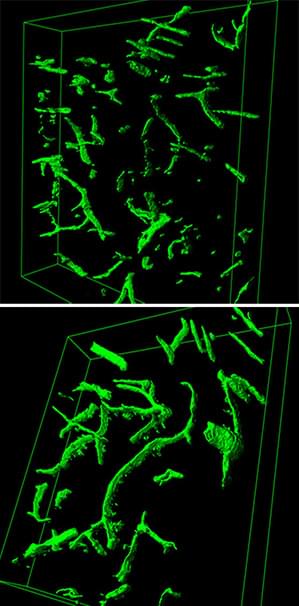By Susan Young Rojahn — MIT Technology Review
Researchers and investors are already dreaming up ways to devise medical treatments based on the near-fantastical findings that the blood of young mice can rejuvenate older mice. In some cases, a single protein found circulating in the blood is sufficient to restore muscle tissue and improve brain activity.
The excitement is spurred by three newly published studies that showed that components of blood from young mice were able to repair damage and improve the function of the muscles and brains of older mice. Previous work from one of the research teams involved has also shown that a specific component of young blood can repair the damaged hearts of older mice.
“We started this work more than a decade ago, with a kind-of crazy hypothesis that there might be something in the blood that influences tissue repair with age,” says Amy Wagers, a researcher at the Harvard Stem Cell Institute, who is a coauthor on two of the three new works. (MIT Technology Review has covered Wagers’s work in the past, in “Young Blood Reverses Signs of Aging in Old Mice”; however, the study in question in that story was later retracted due to questions over the role of particular cells: “Research on Rejuvenating Effect of Young Blood Retracted.”) Last year, Wagers had reported that linking the circulatory systems of an older mouse and a younger mouse at the hip helped improve the appearance and function of the weakened, enlarged hearts of older mice. The team then screened the blood of young and old mice to look for differences and found that older mice had less of a protein growth factor called GDF11, which is also found in human blood.










Comments are closed.